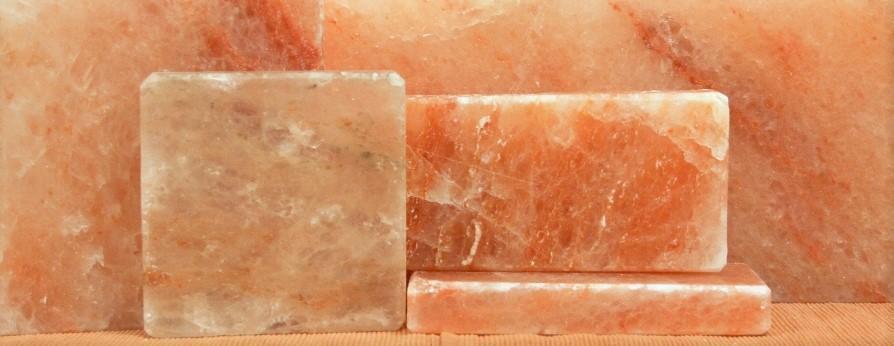Salt blocks can retain large amounts of thermal energy and stay hot for some time, even after removing them from flames. The salt blocks can maintain temperatures from -321° F. to 1473° F. The block can also be used in the oven, on the stove, or on your backyard grill to cook a variety of proteins and vegetables. Salt blocks can also be used as a serving plate for cold dishes and appetizers.
Unlock the Secrets of Salt Block Cooking: Elevate Your Culinary Experience
Salt block cooking is a unique and exciting culinary technique that infuses your dishes with subtle, nuanced flavors and creates a captivating presentation. However, to truly master this art, it's essential to understand the nuances of working with these mineral-rich blocks. Here are some expert tips to elevate your salt block cooking game:
Patience is Key: Ensure Thorough Drying
Before introducing your salt block to heat, allow it to dry completely for at least 24 hours. This critical step prevents moisture trapped within the block from expanding and causing cracks or damage. Patiently preparing your block will ensure its longevity and optimal performance.
Gradual Heating: Avoid Thermal Shock
While salt blocks can withstand high temperatures, sudden temperature changes can lead to unwanted cracks. Start by warming the block gently over low heat, gradually increasing the temperature in 15-minute increments. This gradual approach minimizes stress on the block and allows it to heat evenly.
Chill Out: Use Salt Blocks for Serving, Too
Don't limit your salt block's versatility to cooking alone! Chill it in the refrigerator for about an hour, and it transforms into a stunning serving platter for chilled appetizers, cheeses, or desserts. The chilled surface adds a unique touch to your presentation and refreshingly cools your culinary creations.
Flavor Enhancement: Choose the Right Fats
Avoid using water-based liquids or butter when cooking on a salt block, as the water can draw out excessive salt, overpowering your dish. Instead, opt for olive oil or fattier ingredients like ghee, which will prevent sticking and enhance the natural flavors of your food. Consider adding fresh herbs like rosemary or thyme beneath your ingredients for an extra aromatic touch.
A Canvas for Culinary Artistry: Embrace the Patina
Over time, your salt block will develop a beautiful patina, a testament to its unique journey through the culinary world. The surface will transform, showcasing a captivating array of colors and shades, similar to the seasoning process of cast iron. This natural transformation adds character and depth to your block, making it a unique kitchen heirloom. Consider using a small salt block as a serving plate to showcase its evolving beauty and impress your guests.
By following these essential tips, you'll unlock the full potential of salt block cooking, elevating your dishes with unique flavors and visual appeal. Embrace the versatility of this ancient technique, and let your culinary creativity soar as you explore the exciting world of salt block cuisine.


